RMCV60BD
Isolated analog converter, Harmony analog, 0…500V to 0…10V or 4…20mA
- Stock status:
- In stock
- Manufacturer:
- Schneider
- Product code:
- RMCV60BD
Main documents
| Range of Product | Harmony Analog |
|---|---|
| Product or Component Type | Voltage/current converter |
| Analogue input type | Voltage 0…300 V AC/DC 50/60 Hz Voltage 0…50 V AC/DC 50/60 Hz Voltage 0…500 V AC/DC 50/60 Hz |
| Analogue output type | Current 0…20 mA <= 500 Ohm switchable Current 4…20 mA <= 500 Ohm switchable Voltage 0…10 V >= 100 kOhm switchable |
| Protection Type | Short-circuit protection on output Reverse polarity protection on output Overvoltage protection on output (+/- 30 V) |
|---|---|
| abnormal analogue output voltage | -15…0 V no input or input wire broken |
| abnormal analogue output current | -30…0 mA 0…20 mA no input or input wire broken 4…30 mA 4…20 mA no input or input wire broken |
| [Us] rated supply voltage | 24 V DC +/- 20 %, isolated |
| Current consumption | <= 70 mA voltage output <= 90 mA current output |
| Local signalling | For power ON LED (green) |
| Measurement error | +/- 5 % of full scale20 °C temporary performance degradation when subject to electromagnetic interference) |
| Repeat accuracy | +/- 0.2 % full scale 20 °C +/- 0.6 % full scale 60 °C |
| Temperature coefficient | 200 ppm/°C |
| Clamping Connection Capacity | 1 x 2.5 mm² 2 x 1.5 mm² |
| Tightening torque | 5.31…9.74 lbf.in (0.6…1.1 N.m) |
| marking | CE |
| Surge withstand | 0.5 kV 1.2/50 µs IEC 61000-4-5 |
| [Ui] Rated Insulation Voltage | 2 kV |
| Fixing mode | By screws (mounting plate) Clip-on (35 mm symmetrical DIN rail) |
| Safety reliability data | MTTFd = 21.6 years B10d = 20000 |
| Net Weight | 0.33 lb(US) (0.15 kg) |
| Standards | IEC 60584-1 IEC 60947-1 |
|---|---|
| Product Certifications | UL GL CSA |
| IP degree of protection | IP20 terminal block) IP50 housing) |
| Fire resistance | 1562 °F (850 °C) IEC 60695-2-1 1562 °F (850 °C) UL |
| Shock resistance | 50 gn 11 ms IEC 60068-2-27 |
| Vibration resistance | 5 gn 10…100 Hz)IEC 60068-2-6 |
| Resistance to electrostatic discharge | 6 kV in contact)IEC 61000-4-2 level 3 8 kV in air)IEC 61000-4-2 level 3 |
| Resistance to fast transients | 1 kV IEC 61000-4-4 on input-output) 2 kV IEC 61000-4-4 on power supply) |
| Disturbance radiated/conducted | CISPR 11 CISPR 22 group 1 – class B |
| Ambient Air Temperature for Storage | -40…185 °F (-40…85 °C) |
| Ambient Air Temperature for Operation | 32…122 °F (0…50 °C) mounting side by side 32…140 °F (0…60 °C) 2 cm spacing |
| Pollution degree | 2 IEC 60664-1 |
| Category | US10CP222375 |
|---|---|
| Discount Schedule | 0CP2 |
| GTIN | 3389110108910 |
| Returnability | No |
| Country of origin | ID |
| Unit Type of Package 1 | PCE |
|---|---|
| Number of Units in Package 1 | 1 |
| Package 1 Height | 1.06 in (2.7 cm) |
| Package 1 Width | 3.35 in (8.5 cm) |
| Package 1 Length | 3.23 in (8.2 cm) |
| Package 1 Weight | 4.06 oz (115.0 g) |
| Unit Type of Package 2 | S02 |
| Number of Units in Package 2 | 47 |
| Package 2 Height | 5.91 in (15 cm) |
| Package 2 Width | 11.81 in (30 cm) |
| Package 2 Length | 15.75 in (40 cm) |
| Package 2 Weight | 13.38 lb(US) (6.07 kg) |
| Unit Type of Package 3 | P06 |
| Number of Units in Package 3 | 752 |
| Package 3 Height | 29.53 in (75 cm) |
| Package 3 Width | 23.62 in (60 cm) |
| Package 3 Length | 31.50 in (80 cm) |
| Package 3 Weight | 231.49 lb(US) (105 kg) |
Product Description
Schneider Electric
Schneider Electric is a multinational corporation specializing in energy management and automation solutions. With operations in over 100 countries, the company offers a wide range of products and services for various industries, including residential, commercial, and industrial.
Schneider Electric is focused on sustainability and innovation, aiming to help their customers manage energy efficiently and reduce their environmental impact.
Schneider Electric Push Button
Schneider Electric offers a wide range of push buttons, designed for various industrial and commercial applications. Schneider Electric Push Buttons are high-quality, durable, and reliable components used to control electrical circuits in industrial, commercial, and residential settings.
They come in various types, sizes, and colors to meet the diverse needs of different applications. These push buttons are part of the Harmony range, known for its user-friendly design and robust performance.

Harmony Analog
Schneider Electric Harmony series offers a range of analog devices, including potentiometers, meters, and other interface components designed for industrial control systems. These devices are typically used for controlling and displaying various parameters such as speed, temperature, pressure, and other process variables.
Key Features of Schneider Harmony Analog Devices:
- Versatility: Harmony analog devices are versatile and can be used in a wide range of applications, from simple machines to complex industrial systems.
- Durability: Designed for harsh industrial environments, these devices are built to withstand extreme conditions, ensuring long-term reliability and performance.
- Ease of Use: With intuitive interfaces and straightforward installation processes, Harmony analog devices are user-friendly, making them easy to integrate into existing systems.
- Precision: High accuracy and reliability are key features, ensuring precise control and measurement in industrial applications.
- Compatibility: Harmony analog devices are compatible with a broad range of other Schneider Electric products, facilitating seamless integration within a unified control system.
RMCV60BD
The Harmony Analog RMCV60BD is a cost-effective voltage/current converter designed to convert AC/DC signals ranging from 0…50V, 0…300V, to 0…500V into a switchable output signal of 0…10V, ±10V, 0…20mA, or 4…20mA. This versatility makes it suitable for various applications requiring signal conversion.
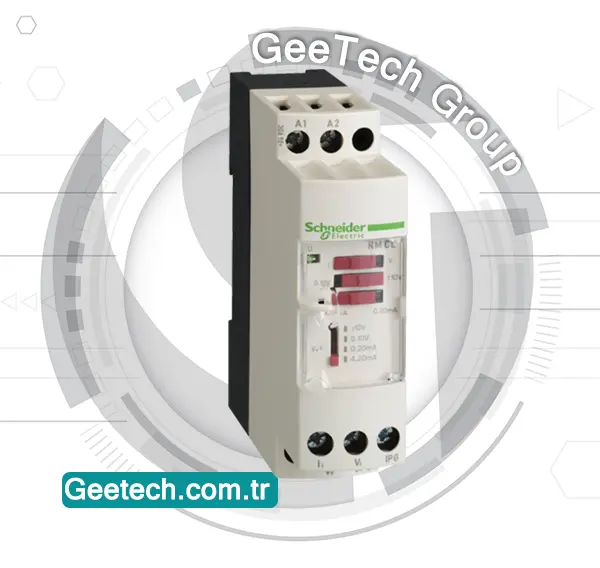
Key Features:
- Input Signal: Accepts a range of input signals from 0…50V, 0…300V, to 0…500V AC/DC.
- Output Signal: Provides switchable output signals of 0…10V, ±10V, 0…20mA, or 4…20mA, allowing for flexible integration with different measurement and control systems.
- Supply Voltage: Operates with a 24V DC isolated supply voltage, ensuring electrical isolation and safety.
- Dimensions and Weight: The converter is compact and lightweight, with dimensions of 25mm wide, 78mm high, and 80mm deep, and a weight of 150g.
- Standards Compliance: Conforms to IEC standards and is UL and CSA certified, making it suitable for universal use in various industrial and commercial applications.
- Mounting Options: Can be mounted on a 35mm DIN rail or fixed with screws on a mounting plate, providing flexibility in installation.
The RMCV60BD also enables an increased connection distance between a sensor and the measurement acquisition device, enhancing system layout flexibility. This converter is an excellent choice for applications requiring reliable and accurate signal conversion in a compact and easy-to-install form factor.
Frequently Asked Questions
What is a push button used for?
✅When you press a push button, it either makes or breaks an electrical connection, allowing or interrupting the flow of electricity through the circuit. Pushbutton switches are commonly used in a wide range of electronic devices, control panels, and applications where users need to activate or deactivate a function or operation. These switches are essential for ensuring reliable and efficient control in various settings, from industrial machinery to consumer electronics and automation systems.
What is NO and NC in Push Button Switches?
✅ Push button switches can be classified as either normally open (NO) or normally closed (NC). Normally open (NO) switches, also known as "OFF" position switches, complete the circuit when actuated. In contrast, normally closed (NC) switches, or "ON" position switches, break the circuit when actuated. Understanding the difference between NO and NC push button switches is crucial for selecting the right type for your application, whether it's for industrial machinery, control panels, or electronic devices.
What Are the Two Types of Push Button Switches?
✅ Push button switches come in two main types: single-pole and double-pole switches. The single-pole switch is the most common type, featuring a control device with a single input source and a single output source. This basic design makes single-pole switches ideal for a wide range of applications. Double-pole switches, on the other hand, have two input sources and two output sources, offering more complex control capabilities for advanced electrical systems.
Is a Push Button a Sensor?
✅No, a push button is not an analog sensor. An analog sensor provides a continuous output signal that varies in proportion to the measured quantity. In contrast, a push button provides a discrete output signal that changes state from one level to another when the button is pressed or released. This distinction makes push buttons ideal for applications requiring simple on/off control, unlike analog sensors that are used for more complex, variable measurements.
What is Inside a Push Button?
✅ A push button consists of several key components:
1. Button Actuator: This is the part you physically press. It is connected to an internal mechanism within the switch.
2. Contacts: Push button switches contain one or more sets of contacts, typically made from conductive materials like metal. In their default state, these contacts are separated.
When the button actuator is pressed, it moves the contacts together to complete an electrical circuit. This simple yet effective design is what makes push buttons reliable for various applications, from industrial machinery to everyday electronic devices.
Is a Push Button Digital or Analog?
✅A push button is a digital sensor. Unlike analog sensors, which provide a continuous range of values, digital sensors like push buttons have only two states: on or off. For example, when you press a push button, it changes from off to on, providing a discrete signal. Similarly, a digital light sensor can detect whether it is dark or bright, also giving a binary output. This clear distinction makes push buttons ideal for simple, straightforward control in various applications.



















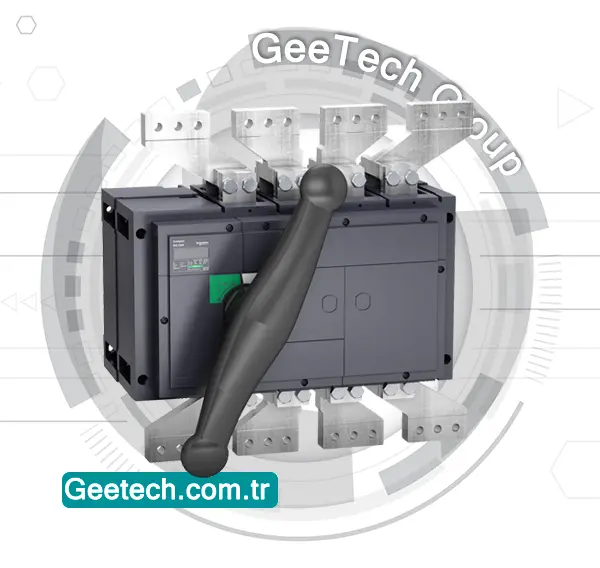
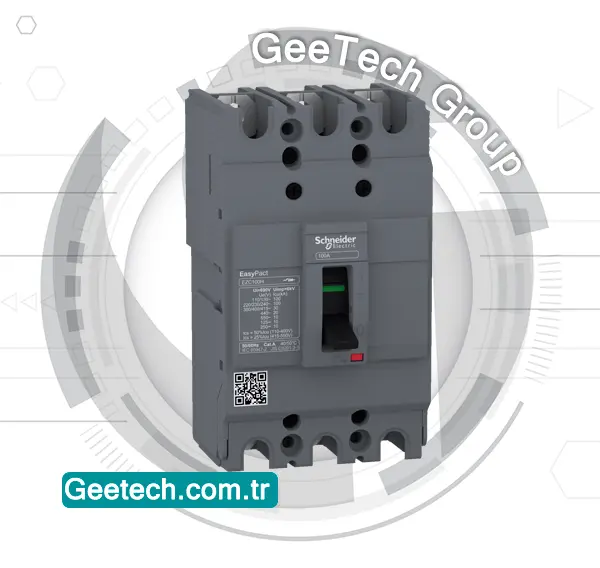
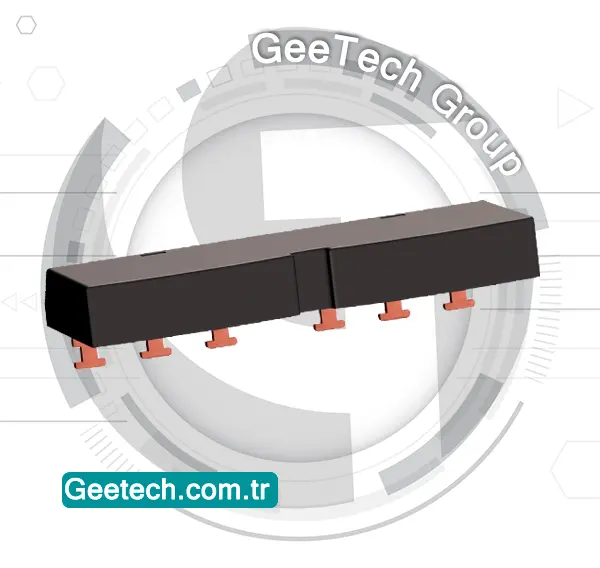
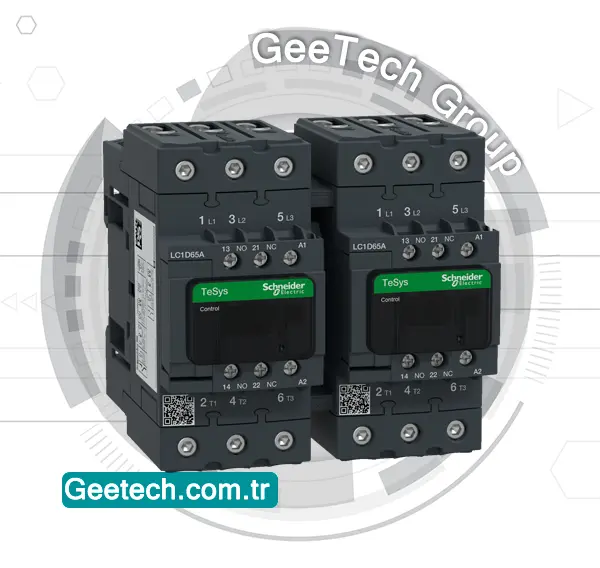

Reviews
There are no reviews yet.